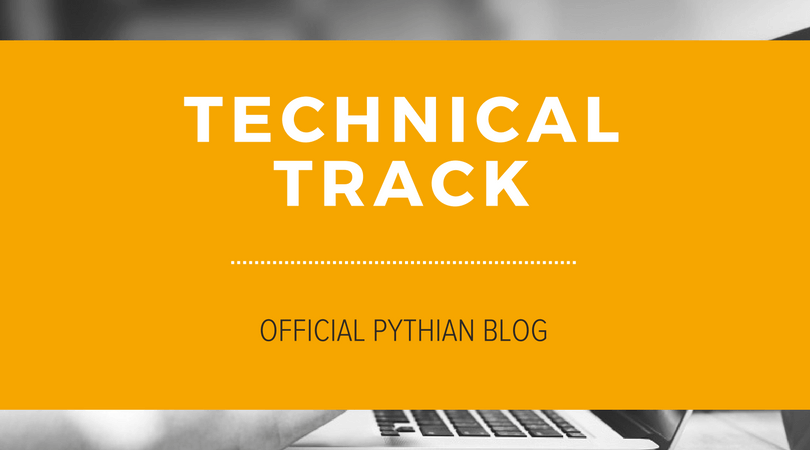Microsoft Azure introduces new features such as confidential computing, digital twins, and emotion analysis
- Public Preview of Azure Confidential Computing
- Azure Digital Twins in Preview
- Emotion Analysis now available on the Video Indexer service
- Cognitive Services in Containers in Preview
- Static Data Masking for SQL and Azure SQL in Preview
- Accelerated Data Recovery for SQL and Azure SQL in Preview
- New SQL Server VM Azure Resource Provider
On this page
Share this
Share this
More resources
Learn more about Pythian by reading the following blogs and articles.
Oracle E-Business Suite: Virtual host names
![]()
Oracle E-Business Suite: Virtual host names
Oct 6, 2015 12:00:00 AM
1
min read
Oracle 12c - adaptive query optimization
![]()
Oracle 12c - adaptive query optimization
Sep 30, 2015 12:00:00 AM
2
min read
PART 2: Configuring Windows and Linux Servers for CMU Testing


PART 2: Configuring Windows and Linux Servers for CMU Testing
Feb 6, 2020 9:52:00 AM
18
min read
Ready to unlock value from your data?
With Pythian, you can accomplish your data transformation goals and more.
